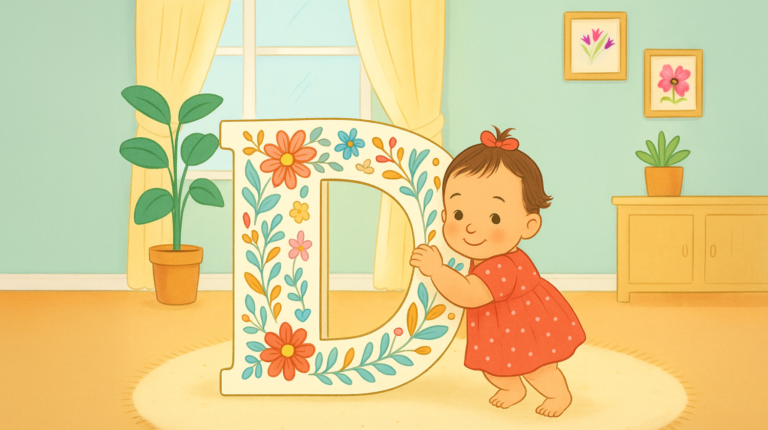As parents, we know that there’s nothing more important to you than your baby’s safety and well-being. Newborns spend most of their time sleeping—a whopping 16 to 18 hours each day. When considering safe sleep for babies, it’s important to be aware of all the factors, such as their overall environment (including the room temperature and airflow), sleeping position, bedding, and what they’re wearing.
So much has changed in the world of sleep last year that it can be hard to keep up! In 2022, the American Academy of Pediatrics (AAP) revised its safe sleep guidelines for infants for the first time in five years. President Biden signed the Safe Sleep for Babies Act into law, which bans products such as inclined sleepers and crib bumpers. And a new study identified a biochemical marker in babies’ blood, which can help determine if newborn babies are at risk for SIDS.
We’ve compiled all the most up-to-date baby sleep safety news into a handy cheat sheet. Here’s everything you need to know about your baby’s safe sleep in a nutshell.
The AAP’s revised safe sleep guidelines: Key points for parents
In 2022, for the first time since 2016, the AAP revised its sleep safety guidelines for children up to one year old. The revisions are based on 159 scientific studies and aim to promote safe sleep among babies.
According to the CDC, there are about 3,500 sleep-related deaths among U.S. babies each year, including sudden infant death syndrome (SIDS), accidental suffocation, and other unknown causes.
Most of these deaths can be prevented by taking certain precautions that AAP have outlined in their guidelines. Here’s a brief rundown of the most important points:
Top 10 takeaways:
- Babies should sleep on a firm, flat sleep surface. Sleep surfaces with inclines of greater than 10 degrees are unsafe for infant sleep. “Excessive time” in car seats should be avoided and babies should never be left unattended in them.
- Avoid swaddling after your baby shows signs of being able to roll over, which often occurs at three or four months but can also happen earlier.
- Avoid placing weighted blankets, sleepers, swaddles, or other weighted objects on or near your little one when they’re sleeping.
- Avoid putting hats on your infant when indoors except in the first hours of life or in the NICU.
- Room-sharing (but not bed-sharing) is encouraged, ideally for at least six months.
- Keep your baby’s sleep area clear of soft objects (like stuffed animals) and loose bedding. Steer clear of using crib bumpers.
- Breastfeeding guidelines have been extended from six months to 12 months.
- A pacifier at nap time and bedtime is recommended to reduce the risk of SIDS.
- Tummy time while the baby is awake and supervised is encouraged.
- Avoid trusting home cardiorespiratory monitors and other devices as a strategy to reduce the risk of SIDS.
Here are the AAP’s new 2022 safe sleep guidelines in detail.
Why the Safe Sleep for Babies Act matters
The Safe Sleep for Babies Act law bans inclined sleepers for infants and crib bumpers. It’s illegal to make or sell these products beyond November 12, 2022, irrespective of their manufacture date.
Why are padded crib bumpers and inclined sleepers (also called baby pods, docks, loungers, or nests) dangerous?
- They increase the risk of suffocation for infants.
- There’s no evidence that crib bumpers prevent injury for young babies, especially because there are now safety regulations for the amount of space between crib slats.
- As your baby gets older and starts pulling up on their own, they could climb onto the bumpers and fall back down on the bed, increasing the chances of getting injured. AAP states that there’s a potential risk of “suffocation, strangulation, or entrapment” with crib bumpers if the baby’s face was pressed against the bumper.
- Inclined sleepers allow infants to doze off at a 30-degree angle. However, according to the Consumer Product Safety Commission (CPSC), infants should only be inclined to an angle of 10 degrees or less because they may fall asleep in positions that restrict their airways or roll out of the devices and become trapped underneath.
Learn more about the Safe Sleep for Babies Act.
The new study on SIDS
A May 2022 study in eBioMedicine identified a biochemical marker in babies’ blood that can help determine SIDS risk. The study found that those who passed away from SIDS had lower levels of butyrylcholinesterase (BChE) than those who died from other causes.
Pediatrician Molly O’Shea, MD, founder of Birmingham Pediatrics in Bloomfield Hills, Michigan adds that the study is a solid starting point for future research. “It doesn’t show a cause-effect relationship, nor does it indicate with certainty that low levels of the cholinergic biomarker always mean that SIDS will happen. The flip side is also true—normal levels were not always protective. It does, however, open up a new research question and opportunity for studies of infants going forward,” she says.
While this study is definitely a way forward, it’s too early to jump to any conclusions about the cause of SIDS. What is certain is that parents should continue practicing the safe sleep practices recommended by the AAP.
You can read the in-depth analysis of the study here.



